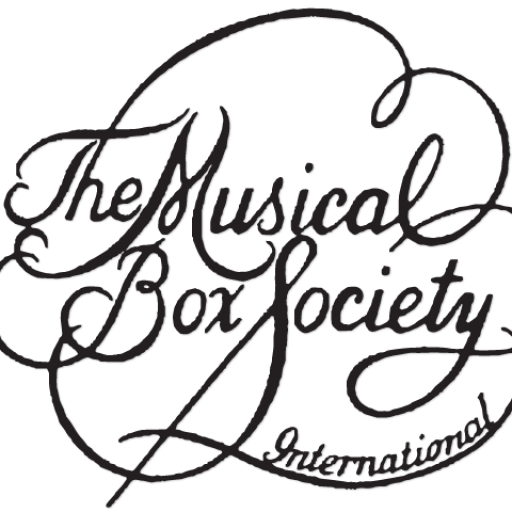A pipe which produces its sound by the action of air against the edge of the pipe mouth in combination with the resonance of a column of air within an open or closed pipe. One of three basic families of pipes: 1. Flue, as just described. 2. Reed pipes, which produce sound by the vibrations of a free or beating reed. 3. Diaphone pipes (rarely used), which produce sound by intermittent bursts of air introduced into the pipe. The flue pipe family encompasses many different popular types of pipes, including various flute, diapason, and violin varieties. Flue pipes, unlike reed pipes, require a minimum of attention and care and will stay in tune for relatively long periods of time at a given temperature. For this reason flue pipes (usually violin and flute) were the main types used in smaller styles of coin pianos and orchestrions.
Flugel
German term for wing, or wing-shaped. Hence, flugel (grand piano, which extends horizontally away from the keyboard); flugelhorn (brass instrument with loops of tubing extending horizontally out to one side, like a wing).
flute pipe
Type of flue pipe (also listed in this Glossary) often used in orchestrions, photoplayers, organs, and other instruments. Usually made of wood, the flute produces a clear tone relatively free of harmonics. Flutes in the high treble range are called piccolos; those in the bass range are called bass flutes or bourdons. Varieties of flutes include open flutes, stopped flutes (a stopped flute is equal in pitch or tone length to an open flute of twice the length, when all other dimensions are equal), and harmonic flutes (with a small hole at the nodal point in the center front of the pipe). Double-mouthed flutes are called doppelflutes. Flutes are the easiest to maintain of all common types of pipes. For this reason they found wide use in automatic instruments.
forte-piano box
See piano-forte box.
forte
Loud. (As opposed to piano, or soft.) Forte is abbreviated as f. Fortissimo (very loud), as ff. Mezzo forte (moderately loud), as mf. Used in musical notation and in descriptions of instrument expression, especially reproducing pianos.
